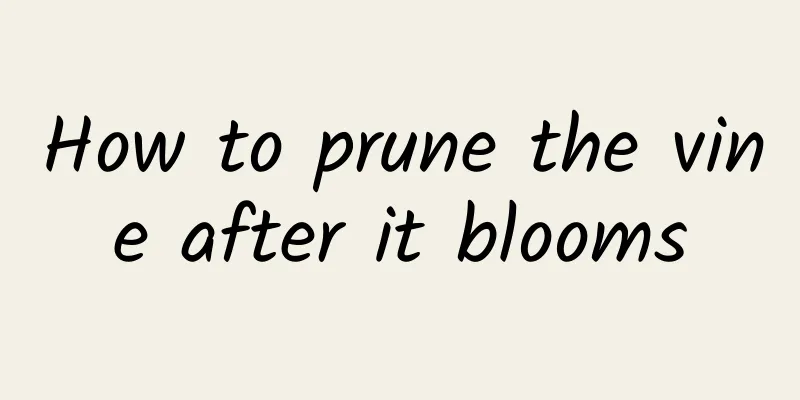When do succulents enter the dormant and growing periods (succulent dormancy schedule)

When are the growing and dormant periods of succulents?Spring and autumn are the growing seasons for succulents, and summer and winter are dormant seasons. However, due to geographical and climatic conditions, succulents can grow in both summer and winter in some areas . For example, air conditioning in summer and heating in northern areas in winter can keep succulents growing. However, in order to better understand the dormancy of plants, it is important to know when they go dormant. According to their nature, succulents can be divided into summer-type species (growing in summer and dormant in winter) and winter-type species (growing in winter and dormant in summer). The dormancy time of common genera is listed below, but individual varieties may have exceptions. ①Summer-type succulentsIn the Yangtze River Basin and the areas to the north of my country, the plants generally enter the growth and development period starting in early March, and enter the dormant period in late November or early December. When midsummer arrives and the temperature reaches 35°C~38°C everywhere, many types of succulents stop growing and developing, or enter a semi-dormant state due to the influence of high temperature and humidity. At this time, succulents need a dormant period and can only resume growth after the cool autumn. Summer succulents have two vigorous growth periods, generally from April to May and from October to November each year. They are in the peak growth period and require higher temperatures. It starts to grow and develop when the temperature is between 15 and 18 degrees; growth stops when the temperature is below 12°C; it is basically in a dormant state in winter. Representative species include most species of the Acanthaceae, Apocynaceae, Agave, Yucca, Pandora, Portulaca and Aloe genera. ② Spring and Autumn Succulent PlantsThe best growing season is in spring and autumn; growth is slow in summer, but their dormancy is not obvious or the dormancy period is short. If the ambient temperature can be maintained at a high level in winter, they can continue to grow and develop, but this type of succulent has poor cold resistance and is very prone to frost damage. Such as some herbs or subshrubs with low fleshiness in the Aizoaceae family, most species of the Crassulaceae family, the genus Haworthia in the Liliaceae family, and most species of the Apocynaceae family. ③Winter succulent plantsThe growing season for this type of succulent plant is from autumn to the following spring. The temperature should be kept high in winter, preferably above 15°C; Winter succulents have a long dormant period in summer, usually entering a dormant state when the temperature reaches above 28°C. For example, most of the fleshy varieties of the Aizoaceae family, the small-leaf species of the Portulacaceae family, the genus Crassulaceae, the large-horned palace and the Welwitschia and Buddha's Head Jade of the Liliaceae family, etc. |
<<: Why is there a stone on top of a watermelon? (What does it mean to put a stone on a watermelon?)
Recommend
Does White Flower Renjin need fertilizer?
Does the silver snake flying white flower tough b...
How to prune the money tree
When to prune the money tree The pruning of the m...
How to eat gray vegetables
1. Edible parts Generally speaking, its seedlings...
How to grow water lilies in autumn
1. Change the water volume in time In summer, wat...
What to do if the buds of Kalanchoe wither
1. Possible problems during flowering period Duri...
Cultivation method of peony cassia
1. Soil Peony gardenia likes acidic soil, so the ...
Can mangosteen be grown in the north?
Can mangosteen be grown in the north? Mangosteen ...
How to take rose cuttings
During the process of rose propagation by cutting...
How to fertilize Clivia and what fertilizer to use
1. Fertilization time Clivia has a relatively hig...
Can rock sugar be used to make rooting water (how to make rooting agent with rock sugar water)
Can rock sugar be used as a rooting agent? Rock s...
Common diseases of turmeric and their control methods
Common diseases of green cloud grass: leaf spot S...
How to propagate the money tree by cuttings?
The fortune tree has a good meaning. Many people ...
How to raise multi-headed rubies
1. Suitable sunlight Multi-headed rubies have str...
How to save seeds of chayote
Chayote Seed Introduction Chayote has seeds. The ...
Does the pomegranate tree like the sun or the shade? Is it a shade-tolerant plant?
Does the pomegranate tree prefer shade or sun? Th...









